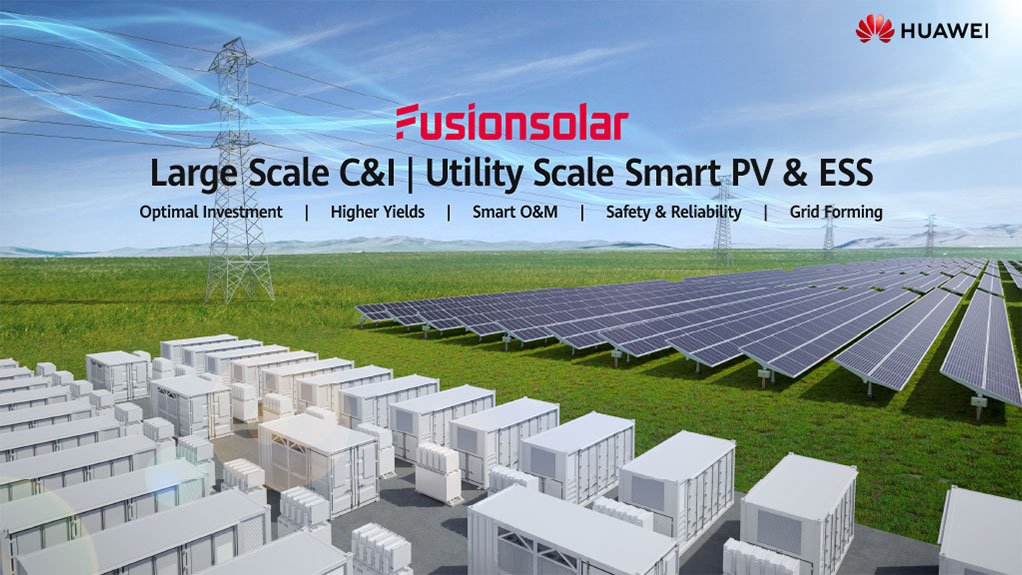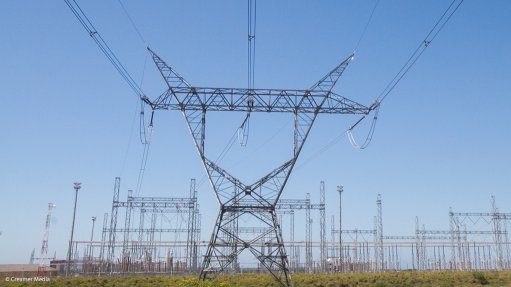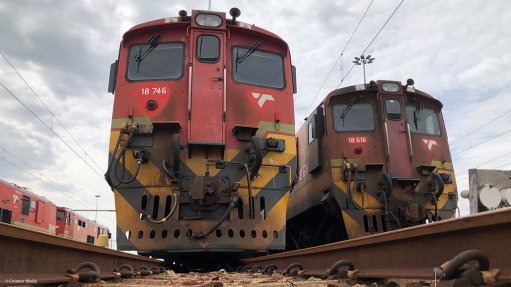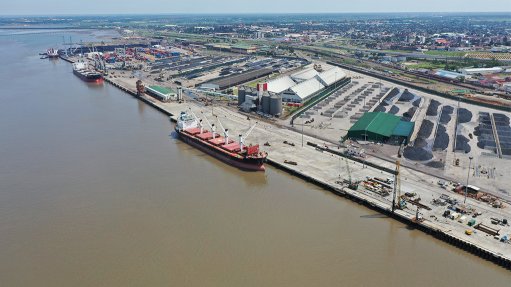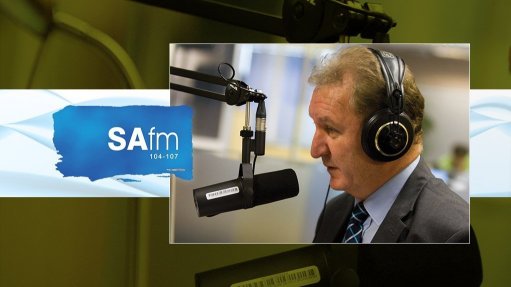Forming Technology, Accelerating PV+ESS as the Main Energy Source
As countries continue to invest in sustainable and efficient energy solutions to both meet domestic demand and climate change objectives, having the best technology to generate, convert and store energy is a crucial step to making renewable energy the new normal.
The International Energy Agency expects that by 2025, renewable energy yield will surpass coal and become the primary power source for the globe. Clean energies are also getting cheaper to make. Prices for photovoltaic (PV) modules in 2023 declined by almost 50% year-on-year, with cost reductions and fast deployment set to continue.
The problem when it comes to sources like solar, is that energy supply can fluctuate depending on weather conditions. The variable nature of renewable energy sources mean that power outputs can vary and this could lead to rapid changes in power flow when large projects are connected to the grid - posing further technical challenges.
“Our innovative FusionSolar Smart PV and Energy Storage System (ESS) solutions are able to cope with these challenges thanks to voltages establishment technology, fast acting power response technology, high-current transmission technology and more,” says Nick Lusson, Vice President of Huawei Digital Power East Africa.
Typically, these systems are made up of:
- Reliable high-power inverters
- Smart Transformer Station (STS)
- Smart PV Controller
- Liquid cooled battery energy storage systems (BESS)
“As the scale of power plants increase, the requirements for lifecycle operation and management also grow. Connecting a massive number of distributed sites requires simpler and more efficient management, which Huawei offers by using cloud, AI, and intelligent capabilities,” explains Lusson.
Back to basics: How solar farms work and how Huawei overcomes challenges
PV plants use arrays of solar panels to convert sunlight directly into electricity. Each solar panel contains many individual solar cells made from materials like silicon. As sunlight hits these cells, it knocks electrons loose, creating an electrical current. At first this electricity is in the form of a direct current (DC) which is then converted into alternating current (AC), which is better suited for homes and businesses.
Huawei’s smart micro grid and grid forming solutions connect PV panels to SUN2000-330KTL-H2 smart PV controllers which efficiently convert DC power to AC. This power is then run through to a Jupiter series STS which can supply power to the grid. Huawei’s smart PCS system is also used to send power to be stored in a smart string ESS where it can be stored for use when there is no sunlight, after being processed by a distribution transformer.
“In a PV plant, additional components like transformers are used to step up the voltage of the electricity. Once this is done the Jupiter series STS facilitates connection to the electrical grid.” says Lusson.
He adds that a smart PV plant management system allows for PV systems to be managed by a centralised computer system which uses cloud applications and artificial intelligence (AI) to enable multi-level management, from plant-level to string and battery cell-level, thus ensuring efficient plant operations.
Huawei micro grid technology with high resilience and proactive safety at a world first GWh-level microgrid
Huawei’s Utility-Scale Smart PV & ESS Solutions can operate independently of traditional grids. Where traditional grids use synchronous generators, Huawei uses a grid-connected ESS with power electronics in the form of the smart PCS to manage the discharge and charge of power.
“Huawei has innovated by creating virtual synchronous machine technology that enables each PCS to simulate the role of a traditional generator. This provides effective control over the grids' frequency and voltage and ensures stable, safe and reliable power supply within our microgrid projects,” says Lusson.
FusionSolar integration allows for plant managers to actively mitigate frequency and voltage fluctuations that happen due to weather and enables PV power generation to transition from grid-following to grid-forming.
Components like the SUN2000-330KTL inverter are the core of Huawei’s smart PV systems. They are essential in connecting PV arrays to the power grid, facilitating AC/DC conversion, providing power control and switching the system on and off the grid. The reliable design and high quality of the inverters can withstand extreme weather conditions and their superior performance extends beyond their essential functions.
Huawei’s smart string inverters not only maintain high efficiency and stability but also allow for rapid and convenient repairs. This enhances the operations and maintenance (O&M) efficiency by 80% compared to central inverters.
Through these technologies Huawei helps customers achieve optimal returns on their investment, intelligent O&M, safety, reliability, and grid stability. Huawei string inverters can be easily and quickly replaced by plant O&M personnel, typically within two hours.
Huawei ESSs integrate power electronics, digital, thermal, electrochemical, and AI technologies to implement refined monitoring and management at the cell, battery pack, battery rack, ESS, and power grid levels. This ensures ESS safety, efficiency, and grid forming capability.
“Thanks to our innovations in digital and power electronics technologies we have created solutions that lower the levelized cost of electricity (LOCE) over a plant's lifetime. Our innovations improve grid performance and enable PV to be a main energy source,” says Lusson.
One of the largest deployments of this Huawei solution is the world's first GWh-level microgrid called the Red Sea project. This 110kV power grid is made up of a 400MW PV array and 1.3GWh energy storage system. It currently provides clean electricity to an entire city, which will include hotels, desalination plants, sewage treatment plants, airports, hospitals, and more in Saudi Arabia.
Grid Forming Technology
As the availability of renewable energy increases, conventional renewable energy systems cannot proactively support the voltage and frequency like synchronous units do when a fault occurs. This will make it difficult for conventional renewable energy systems to meet the requirements of new power systems - bringing great challenges to the safe and stable operation of renewable power systems.
Huawei’s approach to grid forming a solution provides for in-depth monitoring and control over the current as well as the voltage of the power generated. The grid-forming solution can support reactive current up to three times the rated current and wide-frequency from 0.1–100 Hz, using oscillation damping capability to ensure power grid stability.
“This also makes the grid forming solution particularly effective for weak power grids,” says Lusson.
At the end of the day, the challenges posed by large scale PV systems on traditional grids are best addressed when smart connected systems, intelligent tracking and monitoring as well as well-designed hardware converge.
With these intelligent power solutions, renewable energy sources are capable of becoming the main source of electrical power for every home and business.
To learn more kindly follow up on: https://www.linkedin.com/company/huawei-digital-power-subsaharan-africa/
Article Enquiry
Email Article
Save Article
Feedback
To advertise email advertising@creamermedia.co.za or click here
Comments
Press Office
Announcements
What's On
Subscribe to improve your user experience...
Option 1 (equivalent of R125 a month):
Receive a weekly copy of Creamer Media's Engineering News & Mining Weekly magazine
(print copy for those in South Africa and e-magazine for those outside of South Africa)
Receive daily email newsletters
Access to full search results
Access archive of magazine back copies
Access to Projects in Progress
Access to ONE Research Report of your choice in PDF format
Option 2 (equivalent of R375 a month):
All benefits from Option 1
PLUS
Access to Creamer Media's Research Channel Africa for ALL Research Reports, in PDF format, on various industrial and mining sectors
including Electricity; Water; Energy Transition; Hydrogen; Roads, Rail and Ports; Coal; Gold; Platinum; Battery Metals; etc.
Already a subscriber?
Forgotten your password?
Receive weekly copy of Creamer Media's Engineering News & Mining Weekly magazine (print copy for those in South Africa and e-magazine for those outside of South Africa)
➕
Recieve daily email newsletters
➕
Access to full search results
➕
Access archive of magazine back copies
➕
Access to Projects in Progress
➕
Access to ONE Research Report of your choice in PDF format
RESEARCH CHANNEL AFRICA
R4500 (equivalent of R375 a month)
SUBSCRIBEAll benefits from Option 1
➕
Access to Creamer Media's Research Channel Africa for ALL Research Reports on various industrial and mining sectors, in PDF format, including on:
Electricity
➕
Water
➕
Energy Transition
➕
Hydrogen
➕
Roads, Rail and Ports
➕
Coal
➕
Gold
➕
Platinum
➕
Battery Metals
➕
etc.
Receive all benefits from Option 1 or Option 2 delivered to numerous people at your company
➕
Multiple User names and Passwords for simultaneous log-ins
➕
Intranet integration access to all in your organisation



